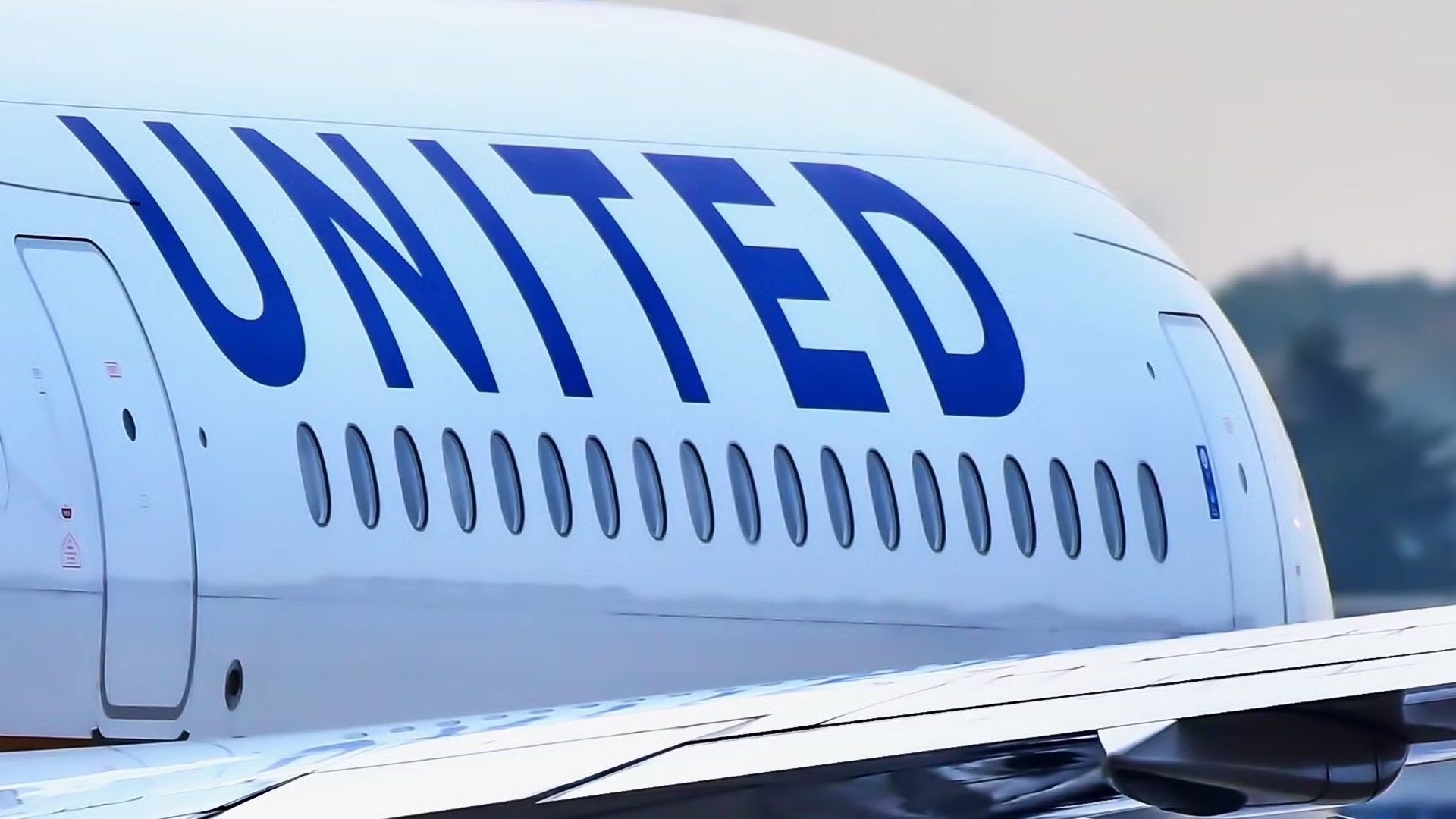Business
United Airlines Expands Domestic Capacity, Outpacing Competitors

United Airlines (NYSE: UAL) is set to significantly expand its domestic capacity, planning a remarkable increase of 5.7% in 2025. This rate of growth is more than double the average 2% increase anticipated across the airline industry. As a result, United is positioning itself ahead of competitors such as Delta Air Lines and American Airlines, both of which aim for a 3% growth, and Southwest Airlines, which is targeting a more modest 1.4% increase.
United’s Chief Executive Officer, Scott Kirby, attributes this capacity growth to a combination of factors, notably the loyalty of its customer base and advancements in the airline’s technological offerings. These include Bluetooth connectivity, seat-back entertainment screens, and an enhanced app experience. Kirby indicates that these improvements contribute to a strengthened network, as well as ongoing retrofits of the airline’s narrowbody jets.
Kirby expressed confidence in the airline’s business model, suggesting that its focus on customer loyalty makes United more resilient during downturns in the industry. He noted that upcoming fourth-quarter results are expected to illustrate this resilience, with third-quarter earnings scheduled for release in mid-October.
Strategic Growth Driven by Competitive Edge
In a recent interview with CNBC, Kirby explained that United’s strategy to expand domestic capacity at a faster rate than its rivals is a result of the airline’s competitive strength. He highlighted the importance of the airline’s network and the technological enhancements that improve passenger experience and foster brand loyalty. Kirby emphasized that United’s commitment to customer satisfaction positions it well for future success, even in challenging economic conditions.
Inbound demand saw a notable rebound in early July, boosting bookings through December, particularly in premium cabins where price sensitivity can help mitigate the risks of oversupply. Kirby has also expressed skepticism towards low-cost carriers, notably predicting potential challenges for Spirit Airlines. “I’m good at math,” he remarked, underscoring his belief that Spirit may struggle to remain viable.
Balancing Growth with Financial Risks
Kirby’s messaging reveals a calculated risk for investors. By flooding the market with increased domestic capacity, United Airlines plans to offer 5.7% more flights next year, which could challenge the airline’s financial performance due to potentially lower yields and load factors. If Kirby’s strategy pays off, investors could see substantial returns; however, failure to meet performance expectations could pose significant risks.
The airline’s ability to enhance revenue through premium capacity and effective monetization of its loyalty program will be critical in offsetting industry pressures. Investors and analysts are advised to closely monitor United’s financial metrics, including revenue spreads and guidance for the fourth quarter.
United Airlines has showcased its potential for growth, gaining positive attention from investors in recent months. The legacy carrier’s strategy of capacity-driven revenue expansion raises critical questions about its ability to sustain performance in the coming quarters. While the airline has demonstrated success in attracting premium demand, the challenge remains whether it can maintain this trajectory amidst increased scrutiny and competition.
-

 Health2 months ago
Health2 months agoNeurologist Warns Excessive Use of Supplements Can Harm Brain
-

 Health2 months ago
Health2 months agoFiona Phillips’ Husband Shares Heartfelt Update on Her Alzheimer’s Journey
-

 Science2 weeks ago
Science2 weeks agoBrian Cox Addresses Claims of Alien Probe in 3I/ATLAS Discovery
-

 Science2 weeks ago
Science2 weeks agoNASA Investigates Unusual Comet 3I/ATLAS; New Findings Emerge
-

 Science2 weeks ago
Science2 weeks agoScientists Examine 3I/ATLAS: Alien Artifact or Cosmic Oddity?
-

 Entertainment4 months ago
Entertainment4 months agoKerry Katona Discusses Future Baby Plans and Brian McFadden’s Wedding
-

 Science1 week ago
Science1 week agoNASA Investigates Speedy Object 3I/ATLAS, Sparking Speculation
-

 World2 months ago
World2 months agoCole Palmer’s Cryptic Message to Kobbie Mainoo Following Loan Talks
-

 Entertainment3 months ago
Entertainment3 months agoEmmerdale Faces Tension as Dylan and April’s Lives Hang in the Balance
-

 Science1 week ago
Science1 week agoNASA Scientists Explore Origins of 3I/ATLAS, a Fast-Moving Visitor
-

 Entertainment4 months ago
Entertainment4 months agoLove Island Star Toni Laite’s Mother Expresses Disappointment Over Coupling Decision
-

 Entertainment2 months ago
Entertainment2 months agoMajor Cast Changes at Coronation Street: Exits and Returns in 2025









